This exhibition encourages us to think about what propaganda is, how it works, and how to respond to its intended use: to divide people and promote violence.
Themes: Germany, PropagandaOrdinary people played a key role in helping Hitler and the Nazis carry out their crimes. What led so many individuals to abandon their fellow human beings? Why did others make the choice to help?
Themes: Collaboration, Complicity, RescueThis exhibition explores how the Rohingya, a religious and ethnic minority in Burma, became targets of a sustained campaign of genocide.
Themes: Warning Signs, GenocideThis exhibition examines the motives, pressures, and fears that shaped Americans’ responses to Nazism, war, and genocide.
Themes: American Responses, World War IIFrom 1933 to 1945, Nazi Germany carried out a campaign to “cleanse” German society of people viewed as biological threats to the nation’s “health.” Enlisting the help of the medical community, the Nazis developed racial health policies that began with the mass sterilization of “genetically diseased” persons and ended with the near annihilation of European Jewry.
Themes: PersecutionIn addition to her diary, Anne Frank filled five notebooks and more than 300 loose pages during her two years in hiding. Explore these original writings, view her photo album from before the war, and see the “Secret Annex” in which she and her family lived.
Themes: Children, Diaries, Documentation and Evidence, HidingBelieving homosexuals to be carriers of a “degeneracy” that weakened society and hindered population growth, the Nazi regime arrested and incarcerated in prisons and concentration camps tens of thousands of German men—leaving many dead and shattering the lives of many more.
Themes: Germany, PersecutionIn 1939, the Cuban government turned away the St. Louis, a transatlantic liner carrying 937 Jews fleeing Nazi Germany. Refused safe haven in the United States as well, the ship returned to Europe. Follow the arduous voyage of the St. Louis and the Museum’s ten-year project to uncover the fates of the passengers.
Themes: Documentation and Evidence, Refugees, World ResponsesFor two weeks in August 1936, Adolf Hitler’s Nazi dictatorship camouflaged its racist, militaristic character while hosting the Summer Olympics.
Themes: Germany, Propaganda
This Section
Resources and tips to assist you before, during, and after your visit to the Museum
